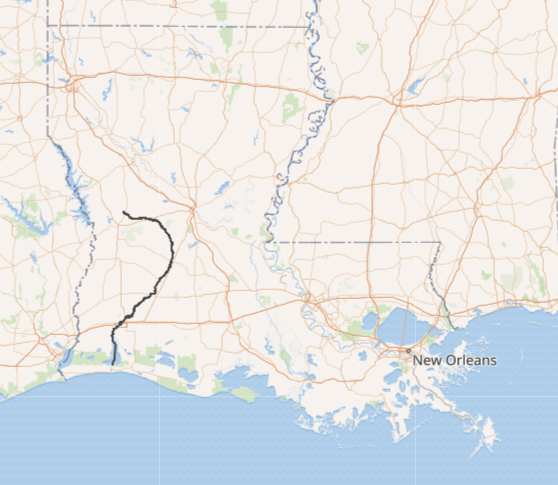Calcasieu River
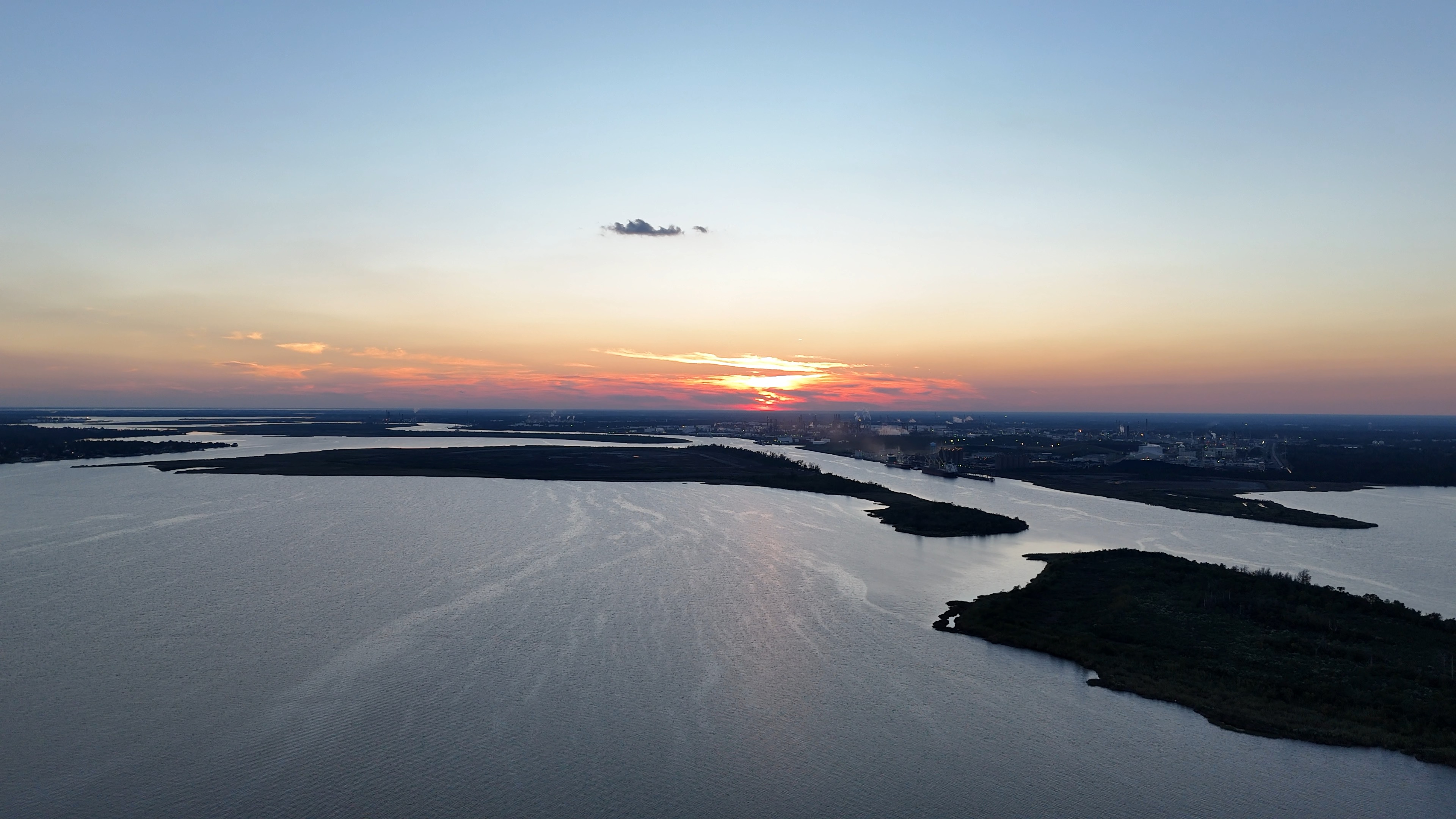
The Calcasieu River has deep historical significance, holding stories from French fur traders of the 1700s, train bandits of the early 1800s, and as the ancestral and current homelands of Indigenous communities since time immemorial. The Calcasieu was known to Spanish settlers as Rio Hondo, or “Deep River.” French settlers renamed the river “Calcasieu,” as a rough interpretation of the name of local Atakapa leader, “Katkōsh Yōk” (‘Crying Eagle’). The Calcasieu River is further linked to stories of pirates like Jean Lafitte, outlaws and bandits, and accounts of buried treasure and hidden contraband along its shores.
Today, the Calcasieu River and its interconnected bayous and marshes remain a vital nursery for fish and wildlife. It is home to the beloved Pinky, the famous pink porpoise of southwest Louisiana, and her pod, who guide the shrimp boats in and out of the river to The Gulf. The Calcasieu watershed once sustained a thriving commercial fishing industry and fishermen and businesses – from marine mechanics to packing houses, to restaurants – have depended on the river and its abundance for generations. Nearly one-third of all the seafood consumed in the United States comes from Louisiana, though this multi-billion dollar industry is increasingly threatened by plastics and petrochemical pollution, which contribute to high levels of toxins in the river and surrounding ecosystems, which have led to a seafood advisory for multiple species, including catfish, speckled trout, largemouth bass, and crabs.
America’s Most Endangered Rivers®
The Calcasieu River was named as one of America’s Most Endangered Rivers® of 2025. The Calcasieu River has been the lifeblood of southwestern Louisiana sustaining local communities for generations. The river’s interconnected bayous and marshes are a vital nursery for fish and wildlife and once supported a thriving commercial fishing industry. However, a history of chemical mismanagement and continued unregulated dumping of toxic chemicals poses an existential threat to the river’s future. It is time to stop the unnecessary toxic pollution of this vital river and its estuary. The Environmental Protection Agency (EPA) must update long-overdue water pollution standards to stop the flow of toxic waste into the river.
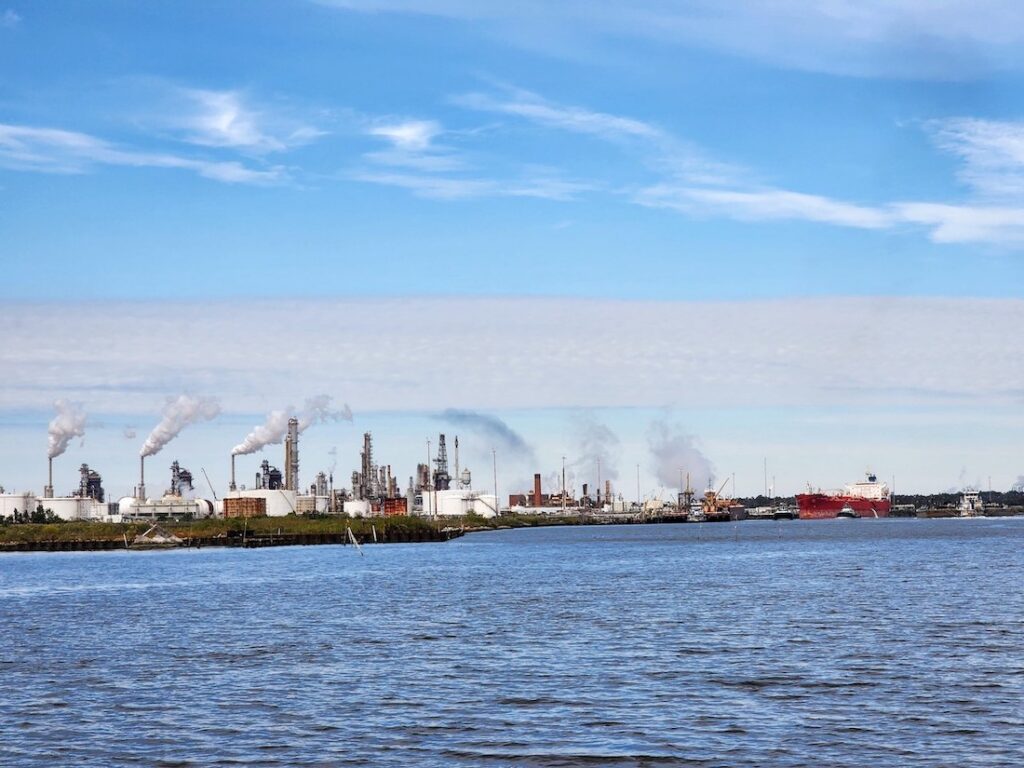
Take Action for the Calcasieu River
Tell the EPA they must update long-overdue water pollution standards to stop the flow of toxic waste into the Calcasieu River.
Threats to the river
The Calcasieu River has long suffered from legacy pollution that continues to harm the river and local communities. For decades, chemical plants and refineries along the river have dumped hazardous waste into its waters, leading to widespread contamination that affects both the environment and public health. The Louisiana Department of Environmental Quality advises pregnant mothers to consume no more than one meal a month of fish due to dangerous levels of mercury, Polychlorinated biphenyls (PCBs), and other carcinogenic toxins.
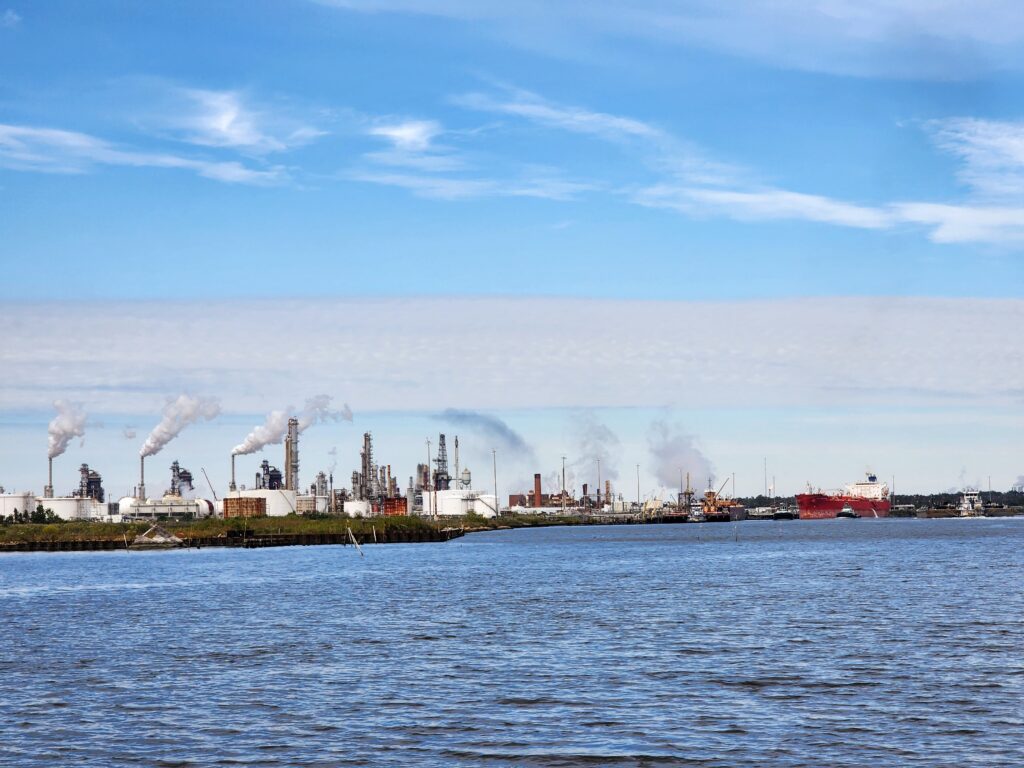
In addition to the ongoing toxins being released into the river, the Calcasieu has suffered multiple catastrophic pollution events in recent decades. In 1994, over 1.7 million pounds of ethylene dichloride spilled into the west bank of the Calcasieu. In 2006 a refinery spilled millions of gallons of oil into the river, impacting an estimated 150 miles of shoreline. The results of these and other disasters have been massive fish kills, poisoned air, forced evacuations, and countless sickened residents in historic Black communities like the ‘free town’ of Mossville, Louisiana.
Outdated federal pollution control technology standards for the dirtiest industries operating along the river – chemical plants, plastics manufacturers, and refineries – mean the Calcasieu lacks discharge limits for known toxic pollutants. And consequently, those living downstream from these industries continue to live with polluted and unsafe waters.
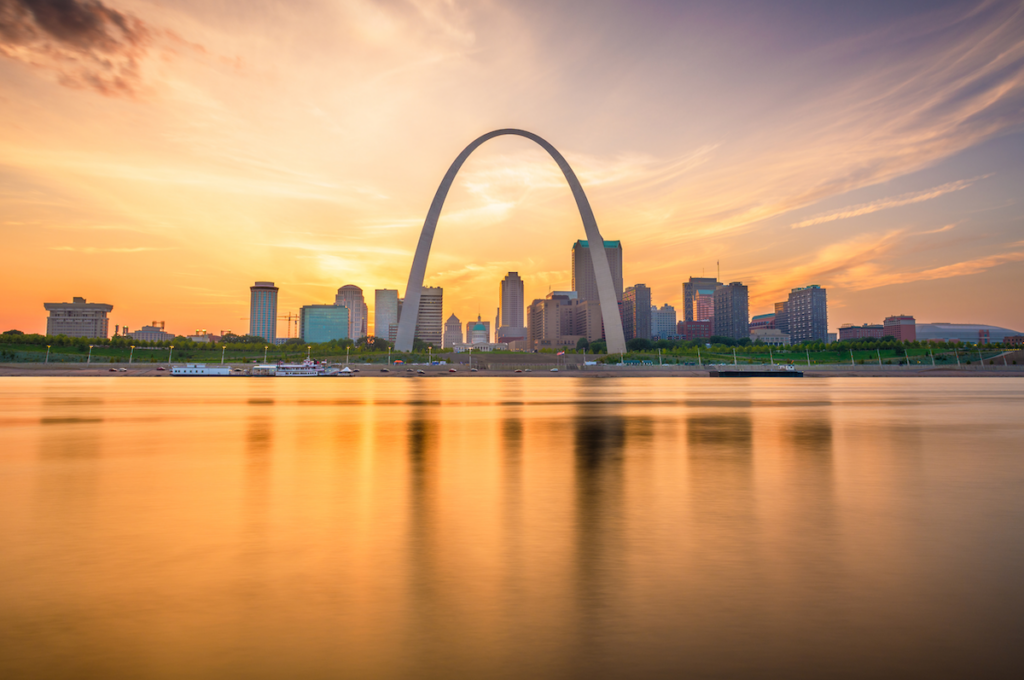
Let's stay in touch!
We’re hard at work in the Central Region for rivers and clean water. Sign up to get the most important news affecting your water and rivers delivered right to your inbox.

